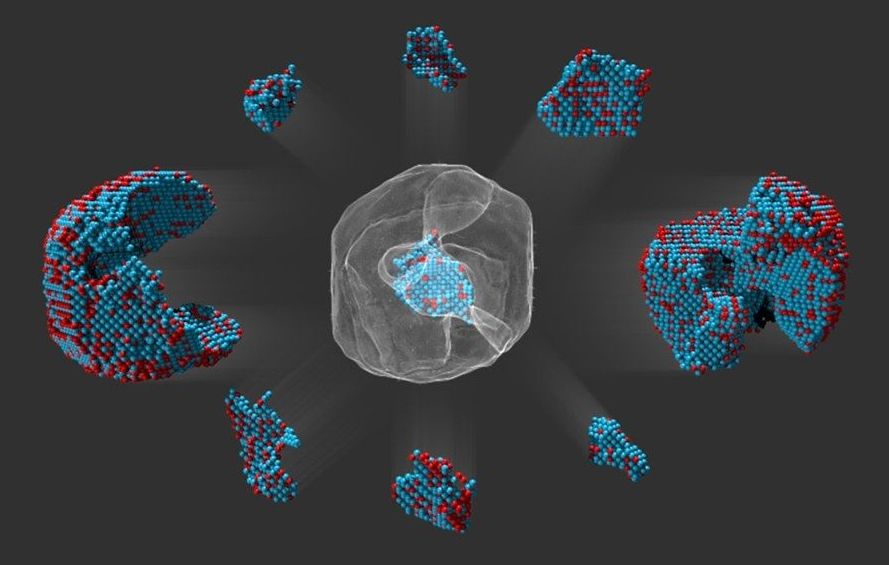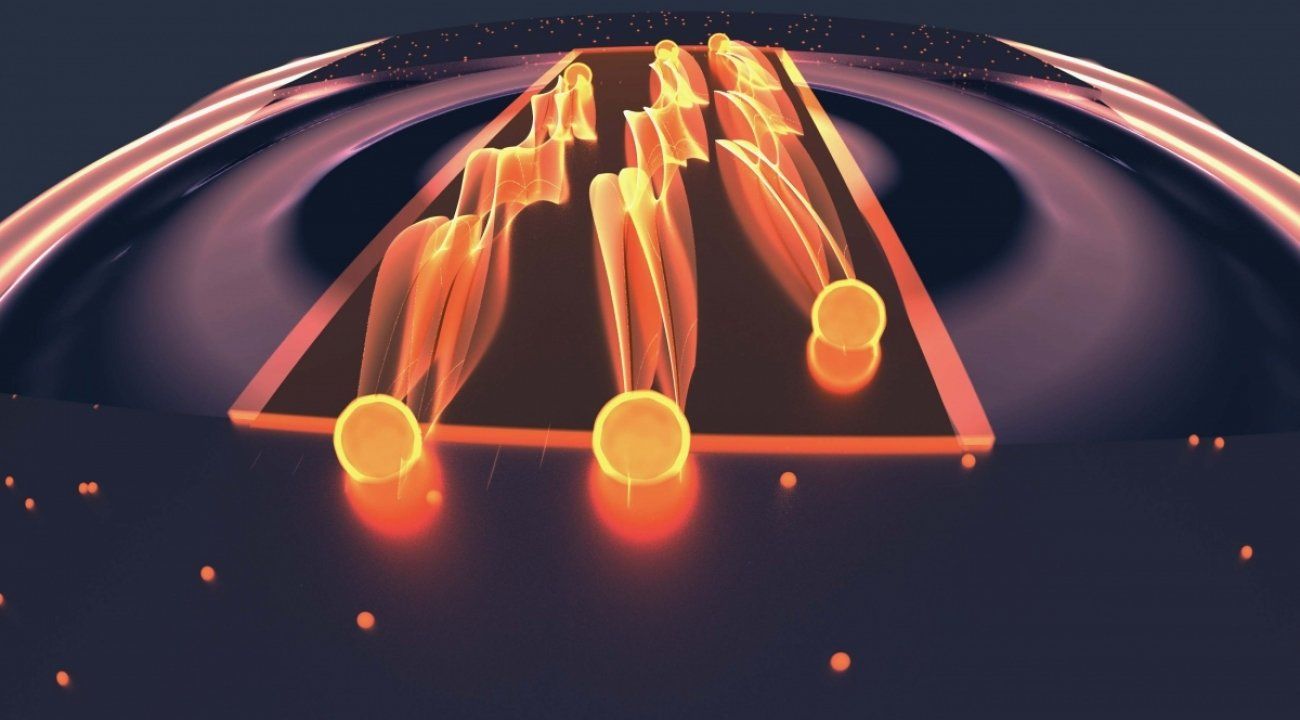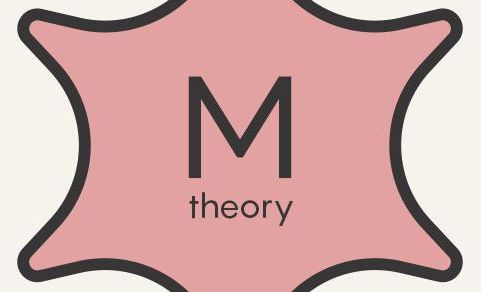Sep 21, 2018
New Microscope Shows the Quantum World in Crazy Detail
Posted by Genevieve Klien in categories: biotech/medical, quantum physics
The transmission electron microscope was designed to break records. Using its beam of electrons, scientists have glimpsed many types of viruses for the first time. They’ve used it to study parts of biological cells like ribosomes and mitochondria. You can see individual atoms with it.
But experts have recently unlocked new potential for the machine. “It’s been a very dramatic and sudden shift,” says physicist David Muller of Cornell University. “It was a little bit like everyone was flying biplanes, and all of a sudden, here’s a jetliner.”
You’ve read your last complimentary article this month. To read the full article, SUBSCRIBE NOW. If you’re already a subscriber, please sign in and and verify your subscription.
Continue reading “New Microscope Shows the Quantum World in Crazy Detail” »

















